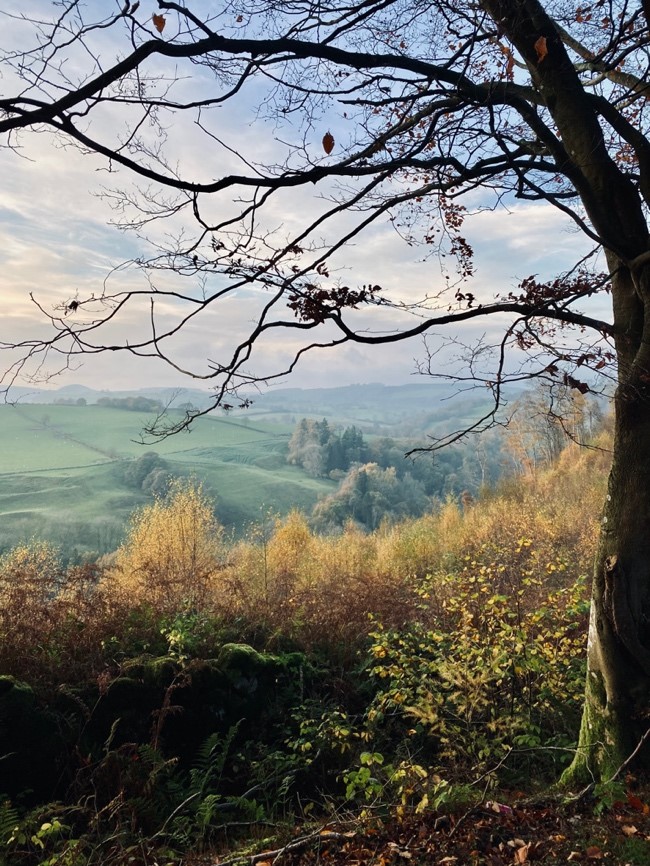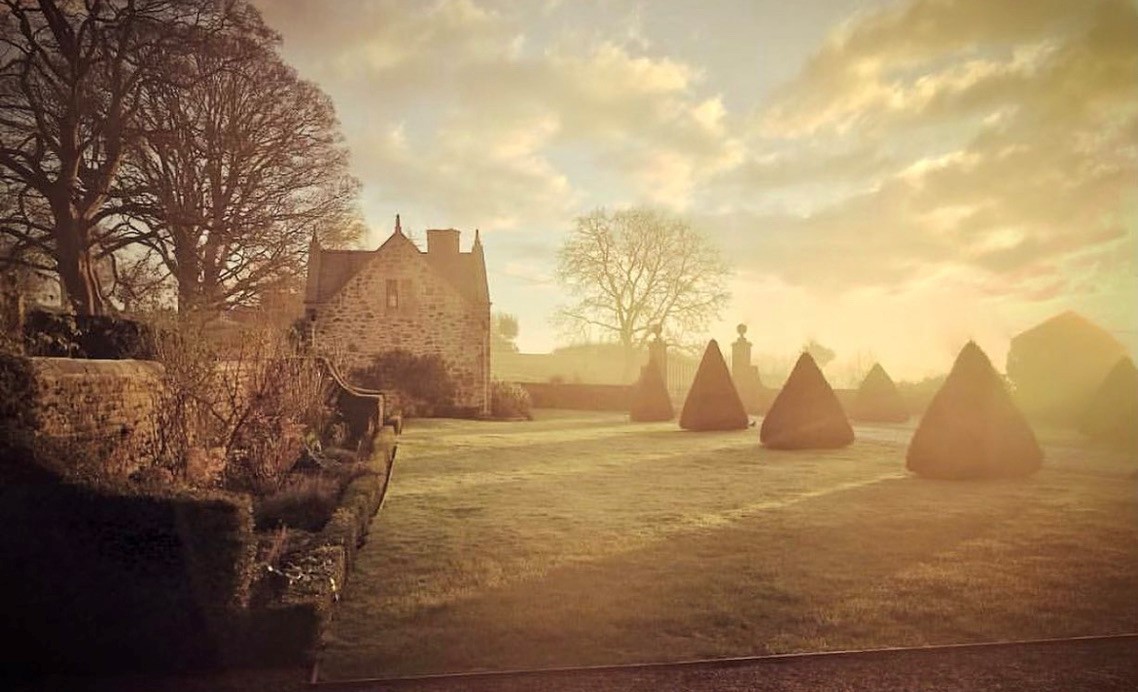The thousand-year history of Llwyn-y-Maen (which translates as 'stone in the grove') runs deep into Welsh myth and legend.

A safe haven in the wild borderlands
This was an ancient Druid site which came into the possession of Madog ap Maredudd, Prince of Powys, who died in 1160 and is buried locally at Meifod.

Llwyn-y-Maen was a Welsh power base on the edge of England, and has provided refuge for hundreds of years.
The family were fined £5000 during the 16th Century for their involvement in the Ridolfi plot to overthrow Elizabeth I, she sent a troop to Llwyn y Maen and the family were forced to remove the towers, battlements and other fortifications. Later, in the 17th century, with Cromwell’s regional governor based within sight of the house, the family risked everything to hide an important Royal. After this they were forced to dismantle the towers and other fortifications.
It remains a Welsh house, now in England.

An 18th century account states “Llwyn-y-Maen, an ancient stone edifice, in form of a castle, built very strong with a square high tower at each end of it, had a gateway before the entrance and strong doors thereto and had been walled round”.
Parts of the house you see today date from the 12th century; with the adjacent courtyard of farm buildings and cottages built of stone from the original house and its former towers over two hundred years ago.

In over a thousand years, Llwyn-y-Maen has never been on the open market; it remains a family home and working farm.
Your wedding at The Courtyard contributes to the preservation of this ancient site, the ongoing restoration of the house and its medieval gardens.

